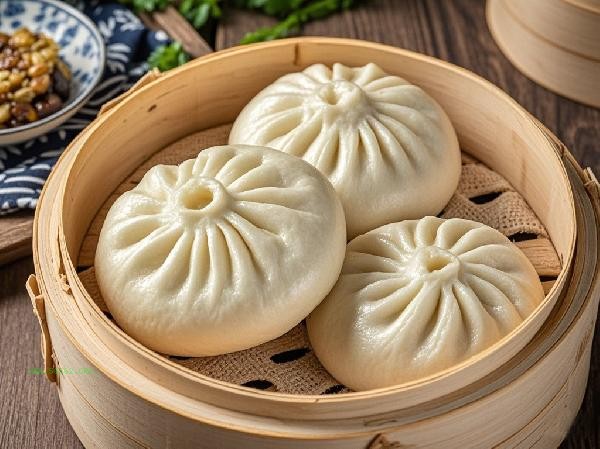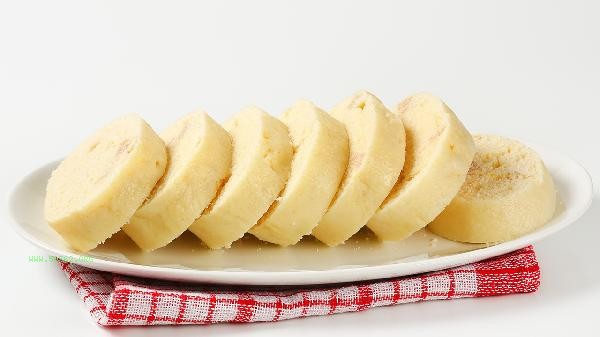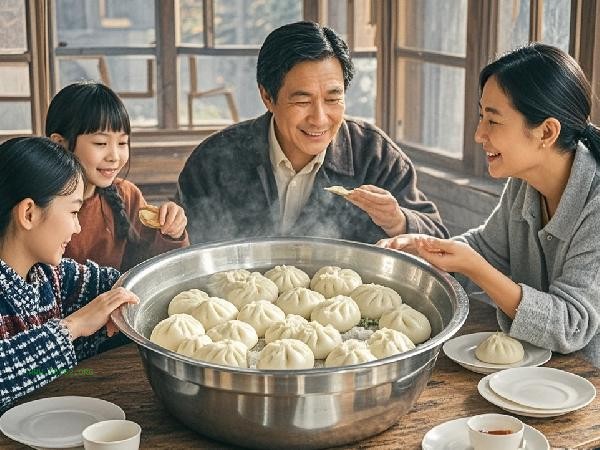The key to making good steamed buns lies in controlling yeast activity, temperature, and kneading techniques. There are mainly methods such as selecting suitable yeast, controlling water temperature, thoroughly kneading dough, maintaining a suitable fermentation environment, and secondary awakening.

1. Choose suitable yeast
Yeast is the core of dough fermentation, and it is recommended to use active dry yeast or fresh yeast. Active dry yeast needs to be activated with warm water, preferably around 35 ℃, as excessive temperature can kill the yeast. Fresh yeast has stronger fermentation ability but shorter shelf life, and needs to be refrigerated and used as soon as possible. The amount of yeast used is generally 1% -2% of the amount of flour, and the proportion can be increased appropriately in winter. Mixing yeast with a small amount of sugar can accelerate activation, but salt should be avoided from direct contact with yeast to prevent inhibition of fermentation.
2. Control the water temperature
and the surface water temperature directly affect the fermentation rate. Normal temperature water can be used in summer, and 30-35 ℃ warm water is needed in winter. Water temperature exceeding 40 ℃ will destroy yeast activity, while below 20 ℃, fermentation will be slow. You can test the water temperature on the inside of your wrist, and it should feel slightly cool and not hot to the touch. Liquid ingredients such as milk or eggs also need to be warmed up to room temperature before use to avoid delaying fermentation at low temperatures. When there is a significant difference between water temperature and room temperature, it is recommended to adjust the final temperature of the dough to 26-28 ℃ with warm water.
3. Fully knead the dough.
Kneading should be continued for 10-15 minutes until the dough is smooth, elastic, and can pull out the film. The kneading process fully forms gluten and retains the gas produced during fermentation. The recommended technique is to use the folding and kneading method, repeatedly folding the dough and pressing it with the base of your palm. insufficient kneading can lead to loose dough structure and collapse during steaming; Excessive kneading may damage the gluten network. At the end of kneading, the dough temperature should be maintained at 24-26 ℃, as excessive temperature can cause premature fermentation.

4. Maintain a suitable fermentation environment
The ideal conditions for a single fermentation are a temperature of 28-30 ℃ and a humidity of 75%. You can place the dough in a sealed container and place a bowl of hot water next to it to create a moist environment. In winter, it can be fermented in an oven or kept warm in a warm water bath. The fermentation time is about 1-2 hours, and it is considered complete when the volume increases to twice its size and the finger punctures the hole without retracting. To avoid excessive fermentation that produces a sour taste, if the room temperature exceeds 32 ℃, the fermentation time should be shortened or cold storage should be used for slow fermentation.
5. After shaping, the buns need to undergo a 15-30 minute second fermentation at a slightly lower temperature than the first fermentation. Awaken until the volume expands significantly, the hand feels light, and it is not easy to shrink back when steamed. After boiling the water in the steamer, turn it to medium heat to avoid excessive steam causing dead noodles. After turning off the heat, let it simmer for 3-5 minutes before opening the lid to prevent collapse caused by temperature differences. Using a bamboo steamer can absorb excess moisture and make the bun skin more elastic.
During the dough making process, attention should be paid to the selection of flour. Medium gluten flour is suitable for most buns, with a protein content of 11% -13% being optimal. When kneading dough, a small amount of lard or vegetable oil can be added to increase the dough's extensibility. The fermentation time is affected by the season, which can be shortened to 40-60 minutes in summer and extended to 2-3 hours in winter. If using aged noodles for fermentation, it is necessary to use alkaline noodles to neutralize acidity, with a ratio of about 1% -2% of the aged noodles. When steaming, keep the water boiling without spilling, to avoid water droplets falling directly onto the buns and forming hot spots. Steamed buns should be taken out and cooled in a timely manner. Steamed buns stored in refrigeration should be sprinkled with water to prevent them from drying out. Mastering these details can significantly improve the taste of steamed buns, achieving a thin skin, large filling, soft and elastic effect.









Comments (0)
Leave a Comment
No comments yet
Be the first to share your thoughts!